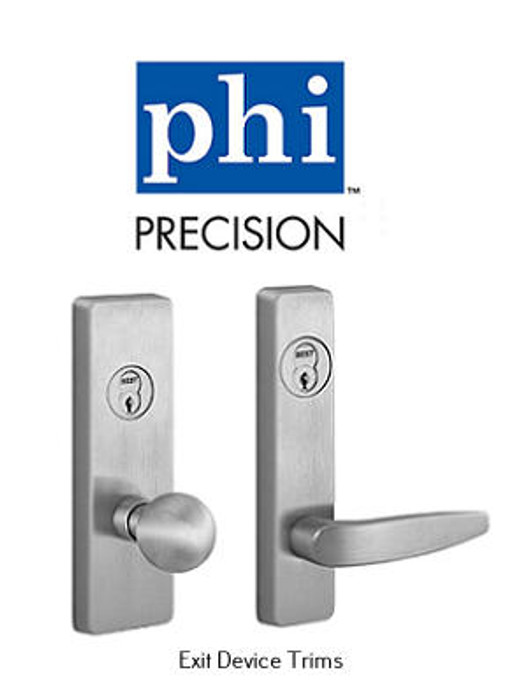
How to Assess the Security of Your Locks
Posted by National Lock Supply on May 6th 2024
Have you ever felt nervous or anxious about the security of your home or office? Are you worried about burglars or break-ins? If so, you are not alone.
Many of us assume that we are safe as long as we have a lock. Your locks are the first line of defense against intruders, and if they're not up to par, your home and loved ones could be at risk.
Imagine coming home after a long day only to find that your front door lock has been tampered with or compromised. The feeling of vulnerability and invasion of privacy can be overwhelming. Unfortunately, many homeowners only discover the importance of assessing their locks after an incident.
To prevent such scenarios and to proactively safeguard your home, it's essential to assess the security of your locks regularly. But where do you begin? How do you know if your locks are secure enough to deter potential intruders?
Herein, we provide practical tips on how to do so effectively.
Check for Signs of Wear and Tear
Wear and tear on cylindrical lever locks can compromise effectiveness, potentially leading to security breaches. Signs such as rust, loose components, or worn-out mechanisms indicate vulnerabilities. By regularly checking for these indicators, you can promptly identify any issues and take appropriate action, whether repairing or replacing the lock.
Put Pressure on the Knob While Turning the Key
Cylindrical knob locks may appear secure but can sometimes be vulnerable to forced entry techniques. Without proper assessment, you might overlook potential weaknesses. However, by applying pressure on the knob while turning the key, you can test the lock's resilience against manipulation. This simple tip helps reveal any weaknesses in the locking mechanism, allowing you to reinforce security measures or consider upgrading to more robust options.
Ensure That the Trim Is Properly Aligned With the Lock
Misaligned trim on exit devices can create gaps, compromising the security of the locking system and potentially allowing unauthorized access. The trim may not fully engage with the locking mechanism without proper alignment, leaving the door vulnerable. Ensuring the trim is properly aligned with the lock guarantees that the locking components function as intended. This lessens the chance of security breaches and enhances the overall effectiveness of the exit device trims.
Check the Battery Life and Ensure the Power Supply Is Working Well
Inadequate battery life or a faulty power supply can jeopardize the functionality of exit devices. However, you can mitigate these risks by regularly checking the battery life and ensuring the exit device power supply is in good working condition. This proactive approach ensures that exit devices remain operational when needed, maintaining the integrity of security measures and facilitating smooth emergency egress procedures.
Check the Closing Force of The Closer
Weak closing force in surface door closers can compromise the security of a building, as doors may not fully close or latch securely, leaving entry points vulnerable to unauthorized access. However, by checking the closing force of the nearer and ensuring it's strong enough to secure the door effectively, you can prevent it from being easily pushed or pulled open.
 SAME DAY & EXPEDITED SHIPPING AVAILABLE
SAME DAY & EXPEDITED SHIPPING AVAILABLE





